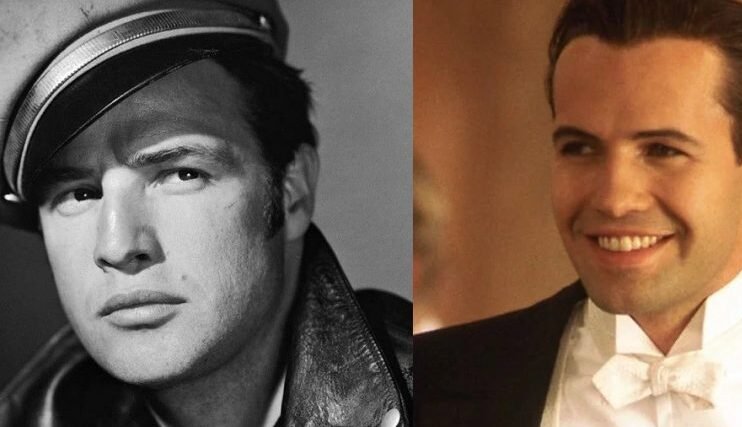
What is NATO?
The north Atlantic treaty organization is an intergovernmental it was established with the primary goal of providing collective defenrrrce against potential aggression, particularly from USSR during the cold war.
History: NATO was established on April 4, 1949, with the signing of the North Atlantic Treaty in Washington, D.C. by 12 founding member countries from Europe and North America.
Cold War Era: During the Cold War, NATO served as a deterrent against Soviet expansionism, with the US providing significant military support to its European allies.
Post-Cold War: After the collapse of the Soviet Union, NATO expanded its focus to include crisis management, conflict prevention, and cooperative security efforts.
Membership:
The original 12 founding members of NATO were Belgium, Canada, Denmark, France, Iceland, Italy, Luxembourg, the Netherlands, Norway, Portugal, the United Kingdom, and the United States.
NATO has expanded since its founding, with new member countries joining in multiple rounds. The alliance currently consists of 32 member countries.
The summit of the North Atlantic Treaty Organization (NATO) is being held in the US.
This time NATO is also celebrating its 75th anniversary.
Its objective is to protect the freedom and security of all its members.
It provided collective security against the Soviet Union.
Now it is engaged in peacekeeping and various crisis management activities.
At present it has a total of 32 members.
Objectives:
NATO’s primary mission is collective defence, as outlined in Article 5 of the North Atlantic Treaty. This article stipulates that an attack on one member country will be considered an attack on all, and the members will respond collectively
.
In addition to collective defence, NATO engages in crisis management activities, including conflict prevention, peacekeeping, and stabilization efforts in various regions around the world.
Structure:
The North Atlantic Council (NAC) serves as NATO’s principal political decision-making body, composed of ambassadors from all member countries.
NATO’s military command structure includes Strategic Commands (e.g., Allied Command Operations) responsible for operational planning and execution, as well as Regional Commands and Force Headquarters.
NATO maintains integrated military forces, allowing member countries to contribute personnel and assets to collective defence efforts under NATO command.
Source: the Hindu
© copyright: BIHARI IAS









